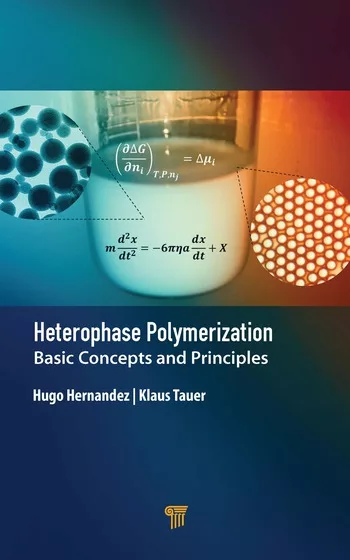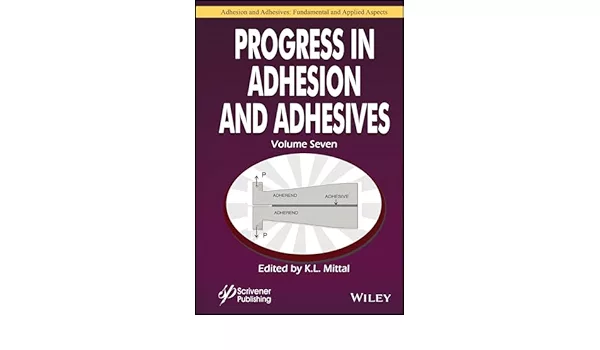Ask Dr. Dave
Adhesives and sealants troubleshooting tips from Dr. Dave Dunn.
Question: We are mixing adhesives in a 316 stainless steel tank but seem to be getting contamination by iron, which causes stains and stability problems in the adhesive. How can we avoid this? Do we have to use a different surface, like glass or plastic?
Answer: No, you don’t have to use other types of tanks; stainless steel is routinely used for this type of process. You do need to ensure that free iron is not present on the tank’s surface. The corrosion resistance of stainless steel is caused by the formation of a thin layer of chromium oxide on its surface, which results from the chromium metal in the stainless steel reacting with atmospheric oxygen. However, this layer is sometimes not continuous or gets damaged during handling, thus exposing free iron.
The simple method of removing this iron is to passivate the surface. Traditionally, oxidizing acids such has nitric were used for this purpose. Modern methods usually involve aqueous solutions of iron chelators such as EDTA or citric acid. I have used EDTA solutions for this in the past, but recently successfully treated stainless steel by using 10% solutions of citric acid heated to 50-60°C for 10-20 minutes.
Question: I have heard of the new types of acrylic adhesives for bonding low-energy plastics like polyethylene and polypropylene. Do they really work?
Answer: You are referring to the adhesives that are based on so-called boron alkyl chemistry. Patent literature is extensive on these types of adhesives, and several products are on the market. The answer to your question is yes, they do give very high strengths on unprepared polyolefin surfaces.
However, I think it is fair to say that these adhesives have not yet achieved their full potential and require some additional development They can be expensive if large-area bonding is required, and a major limitation is that relatively long fixture times (hours) are required to attain good handling strengths. Adhesives formulated for fast fixture do not achieve high ultimate strengths.
Question: We are mixing adhesives in a 316 stainless steel tank but seem to be getting contamination by iron, which causes stains and stability problems in the adhesive. How can we avoid this? Do we have to use a different surface, like glass or plastic?
Answer: No, you don’t have to use other types of tanks; stainless steel is routinely used for this type of process. You do need to ensure that free iron is not present on the tank’s surface. The corrosion resistance of stainless steel is caused by the formation of a thin layer of chromium oxide on its surface, which results from the chromium metal in the stainless steel reacting with atmospheric oxygen. However, this layer is sometimes not continuous or gets damaged during handling, thus exposing free iron.
The simple method of removing this iron is to passivate the surface. Traditionally, oxidizing acids such has nitric were used for this purpose. Modern methods usually involve aqueous solutions of iron chelators such as EDTA or citric acid. I have used EDTA solutions for this in the past, but recently successfully treated stainless steel by using 10% solutions of citric acid heated to 50-60°C for 10-20 minutes.
Question: I have heard of the new types of acrylic adhesives for bonding low-energy plastics like polyethylene and polypropylene. Do they really work?
Answer: You are referring to the adhesives that are based on so-called boron alkyl chemistry. Patent literature is extensive on these types of adhesives, and several products are on the market. The answer to your question is yes, they do give very high strengths on unprepared polyolefin surfaces.
However, I think it is fair to say that these adhesives have not yet achieved their full potential and require some additional development They can be expensive if large-area bonding is required, and a major limitation is that relatively long fixture times (hours) are required to attain good handling strengths. Adhesives formulated for fast fixture do not achieve high ultimate strengths.
Links
Looking for a reprint of this article?
From high-res PDFs to custom plaques, order your copy today!






